On no other continent has a genus of trees come to conquer every terrestrial ecosystem as prominently as gum trees (Eucalyptus and the closely related genera Angophora and Corymbia) have in Australia. From the snowy alps to the dry red centre and the lush Daintree Rainforest, these remarkable trees are everywhere. Yet, despite their great success, many are threatened, and a recent study found that almost a quarter of all eucalypts are on the road to extinction.
To individuals, the seemingly inevitable pull of extinction can sometimes seem overwhelming. It can be hard to imagine that one person can have any effect on saving a species. But as wildlife gardeners, we can and we absolutely must! Our backyards, rural properties and farms, no matter how insignificant they may seem, can act as species arcs: safe havens where we can protect our imperilled eucalypts. In fact, backyard conservation is already being used to safeguard other unique Australian trees like the critically endangered Wollemi pine (Wollemia nobilis), which gardeners have been encouraged to plant for more than a decade, to create insurance populations in case the wild population is ever lost (as almost happened in the recent black summer bushfires).
The backyard conservation movement is growing as more folk make small changes in their gardens to support native biodiversity. Although there’s been plenty of focus on transforming backyards and private properties into habitat for native birds and mammals as well as indigenous bees, butterflies, and beetles, our native flora is just as important. So, this year, why not turn your backyard into a conservation arc and plant one of your state or territory’s threatened eucalypts to safeguard them from extinction?
Picking exactly which species to plant can be a challenge, as the lists each state and territory keeps of its threatened species can be challenging to access and the plants are referred to by their scientific names. So, to help you pick a threatened eucalypt to protect, here are some worthy species to plant in each state and territory of Australia. The seed or sapling you plant today will soon grow it into a happy and healthy tree that will safeguard its species into the future.
Tasmania
Morrisbys Gum (Eucalyptus morrisbyi) – Endangered
Medium tree: Suitable for large backyards and paddocks
This lovely ornamental tree grows in gullies in southern Tasmania and reaches heights of 6-30 metres. As the small number of trees in the wild populations decline, backyard planting has never been more important. The leaves of these tree are enjoyed by possums and their delicate white flowers help to feed pollinators, so planting one of these is a great way to get more wildlife into your garden and protect an endangered species at the same time. As these trees can get quite big, you may need a property on the larger side and/or to keep your tree heavily pruned.
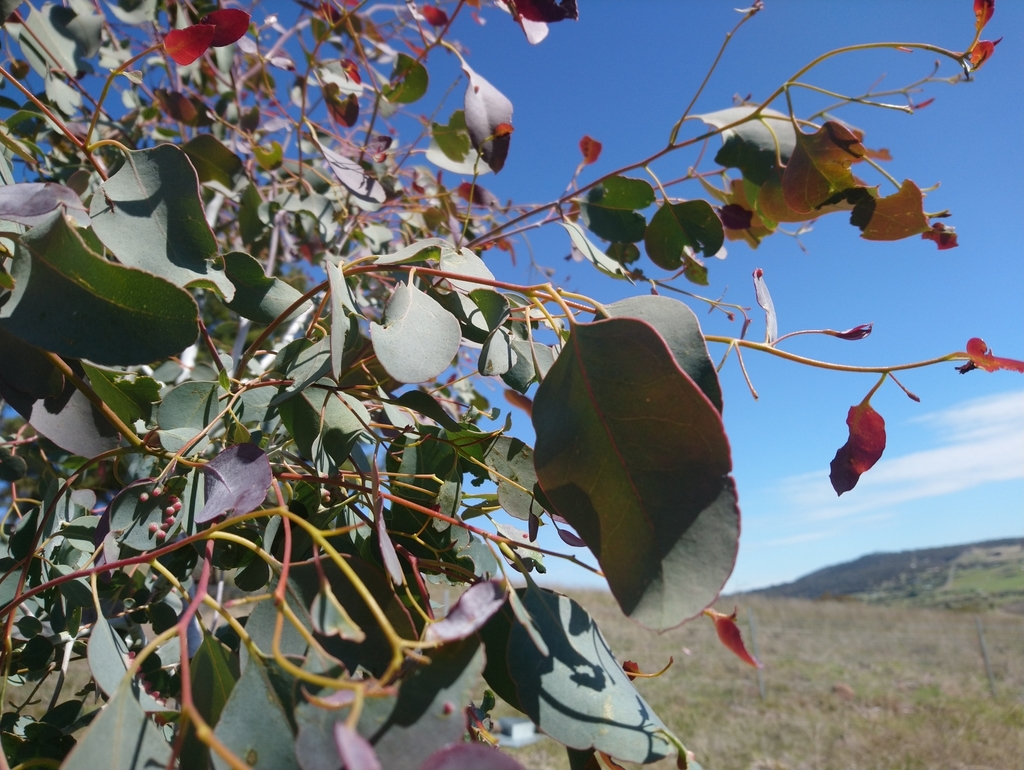
Queensland
Queensland White Gum (Eucalyptus argophloia) – Vulnerable
Large tree: Suitable for paddocks
The tall ivory trunks and drought hardiness of the Queensland White Gum make this species ideal as a showy specimen tree that can withstand an ever-warming climate. These trees grow to 30 metres in height and naturally occur in the Western Downs region of Queensland. Sadly, these majestic eucalypts are threatened by land clearing, and without rural resident conservationists, they could vanish forever.
Australian Capital Territory
Mongarlowe Mallee (Eucalyptus recurva) – Critically Endangered
Small mallee: Suitable for all backyards and paddocks
Today, only five adult Mongarlowe Mallees are known from the wild at four sites in the southern tablelands of New South Wales, bordering the ACT. Previously this species would have been much more abundant and widespread across the region but now it’s almost extinct. Although this species doesn’t naturally occur in the ACT, the tablelands where it is found have a very similar climate and rainfall, making local ACT gardens a perfect place to safeguard this strange little species. Adult plants grow to between 1-4 meters in height and make excellent screening plants that can be pruned to keep them in shape. You can also brag about having one of Australia’s rarest plants in your yard!
Victoria
Silver Gum (Eucalyptus crenulata) – Endangered
Medium tree: Suitable for large backyards and paddocks
This stunning but rare eucalypt gets its name from its delicate silvery leaves which are beautifully scented and sometimes used by florists. Only two small populations exist in the wild, just north of Melbourne with one on a floodplain and the other in a swamp. This beautiful tree can handle waterlogged conditions, though it will not tolerate dry soils well. Silver Gums grow to about 10 metres high, but can be pruned heavily to keep them smaller. Their leaves are also wonderful in flower arrangements or by themselves in a vase.
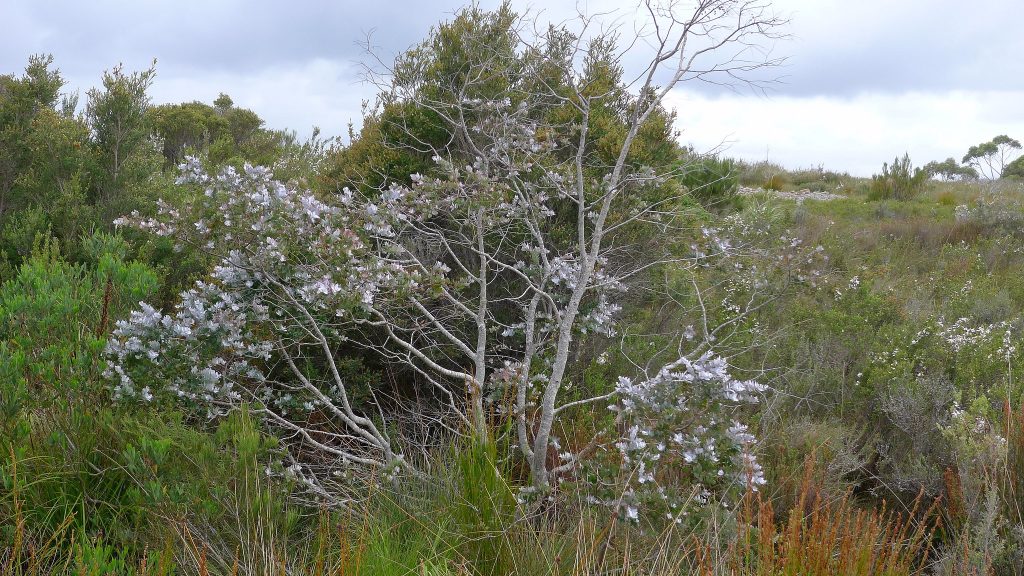
New South Wales
Craven Grey Box (Eucalyptus largeana) – Endangered
Large tree: Suitable for paddocks
This large, showy eucalypt has the typical rough, grey bark of the box gums. Only a dozen or so populations exist around the Port Macquarie region and these trees tend to prefer growing in wet forests, particularly close to the coast. The Craven Grey Box can reach a high of 40 metres, which means by planting one, as well as safeguarding a eucalypt species, you will also provide habitat for wildlife and capture a huge amount of carbon.
Western Australia
Badgingarra Box (Eucalyptus absita) – Endangered
Small mallee: Suitable for all backyards and paddocks
This diminutive tree only occurs in a few localities in the wheatbelt region of Western Australia. In the wild its adult height ranges from 2-10 meters. Many gardens in WA suffer from a lack of shade during the hot summers but many people fear planting tall eucalypts because they worry about falling branches. This drought-hardy tree provides some dappled shade, with minimal risk property damage from branch-fall.
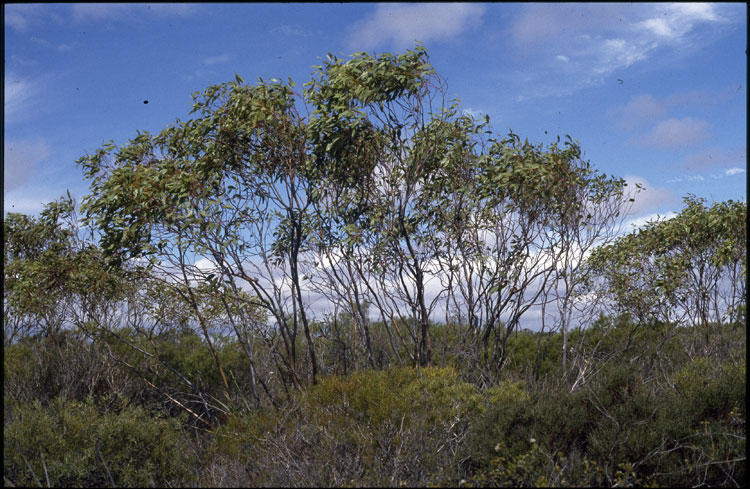
South Australia
Mallee Manna Gum (Eucalyptus arcana) – Vulnerable
Small tree: Suitable for all backyards and paddocks
This small species occurs in coastal areas with poor soils and relatively high rainfall and is only known from a single small population. It reaches a maximum adult height of 6 metres, though it often grows smaller, and its lovely white flowers provide a food source for pollinators. This combination of traits makes it an ideal small eucalypt for little gardens, though if grown in dry areas like Adelaide might require some additional watering.
Northern Territory
Koolpin Box (Eucalyptus koolpinensis) – Vulnerable
Medium tree: Suitable for large backyards and paddocks
This is a tough species with rough bark that grows to around 12 metres tall. It’s known from two localities near the Alligator River, where it grows in shallow, poor soil. Its drought tolerance and low height make it a good backyard shade tree for waterwise gardens.
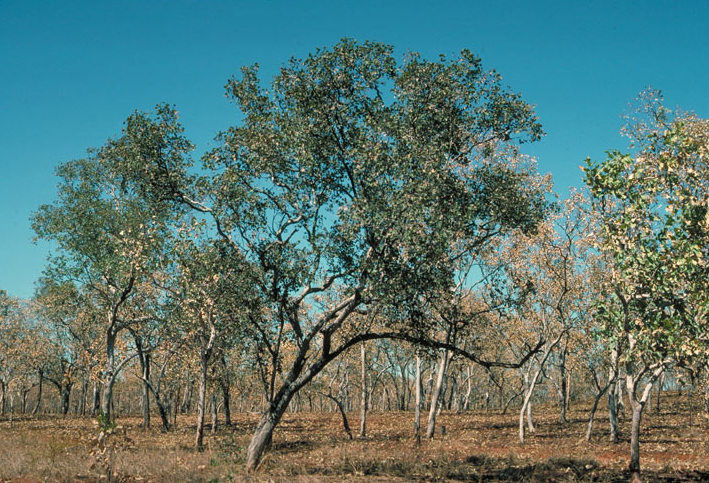
There can be great variation in the sizes of different eucalypt species once they become mature trees, and this might dissuade those with small backyards or terraces from even bothering to get some of the larger species. However, there are ways around this challenge! Firstly, any of these species can be planted in a large pot and regularly pruned to maintain a small size. The next option for those with slightly larger backyards is to plant the tree in the garden and use coppicing to keep it at a manageable size.
The next challenge some backyard conservationists may face is availability of some of the rarer species like the Mongarlowe Mallee and the Mallee Manna Gum. Your first port of call is to contact local indigenous plant nurseries, as they sometimes have rarer native trees. If this fails, contact botanical gardens or specialist Eucalyptus nurseries, who sometimes maintain very rare species, and your interest will alert them to the fact that the public are keen to grow these rarer species. If you are still unable to find the listed species for your area, considering planting a more common indigenous eucalypt species. Through this you’ll still be capturing carbon, providing habitat for wildlife and helping keep our cities and suburbs green with our most diverse and important native trees.
Individuals can have a tremendous impact on the fates of threatened species hurtling towards extinction. Although national parks and conservation reserves have long been the arcs within which threatened species have been protected, bushfires, invasive species and novel pathogens can all threaten these special places and we must adapt. Our wildlife gardens can now serve an even greater purpose than providing habitat for native fauna and flora. They can also become tiny pockets to protect some of Australia’s most threatened eucalypts.
This article was supported by Eucalypt Australia.


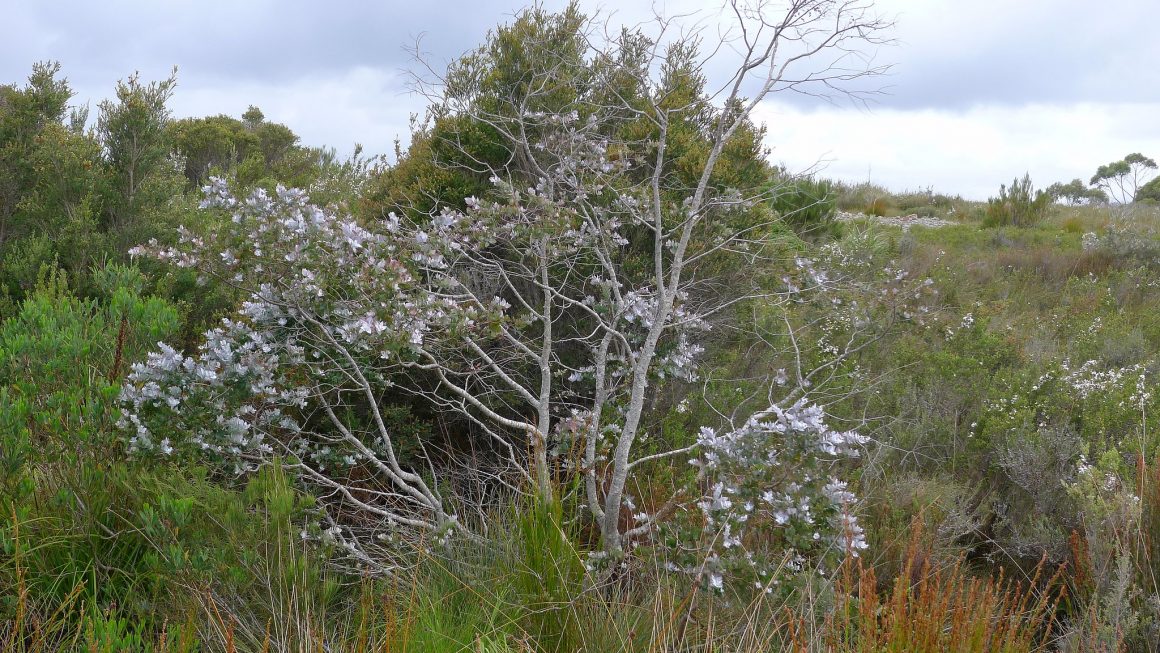
Leave a Reply